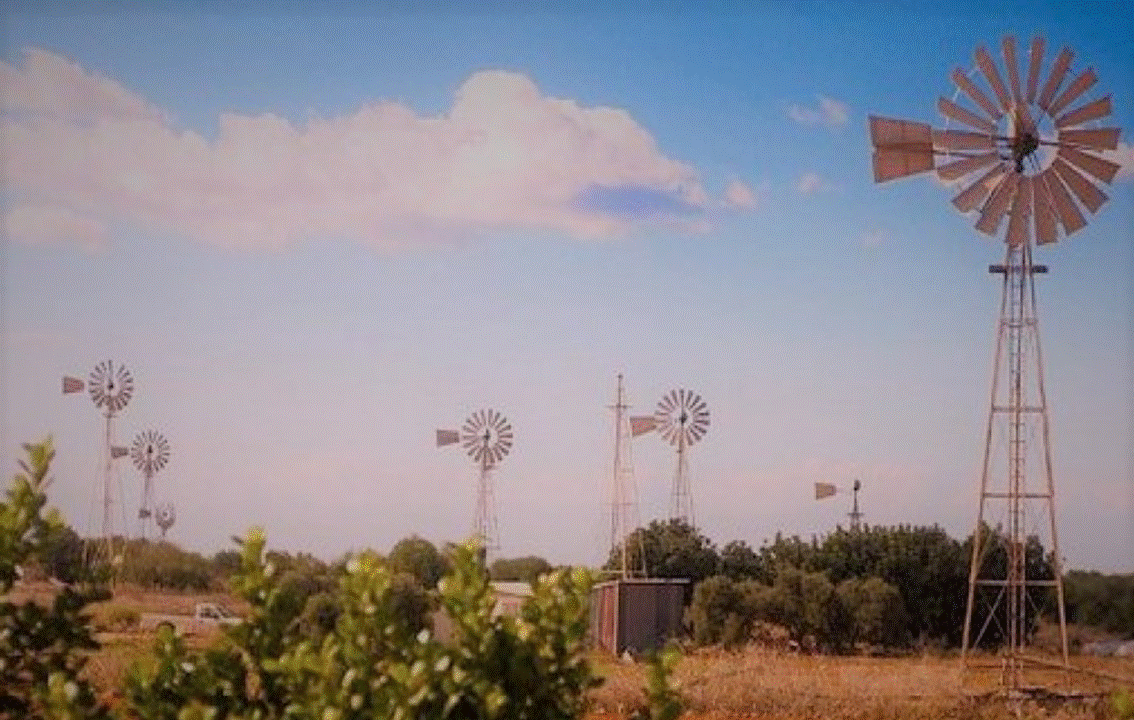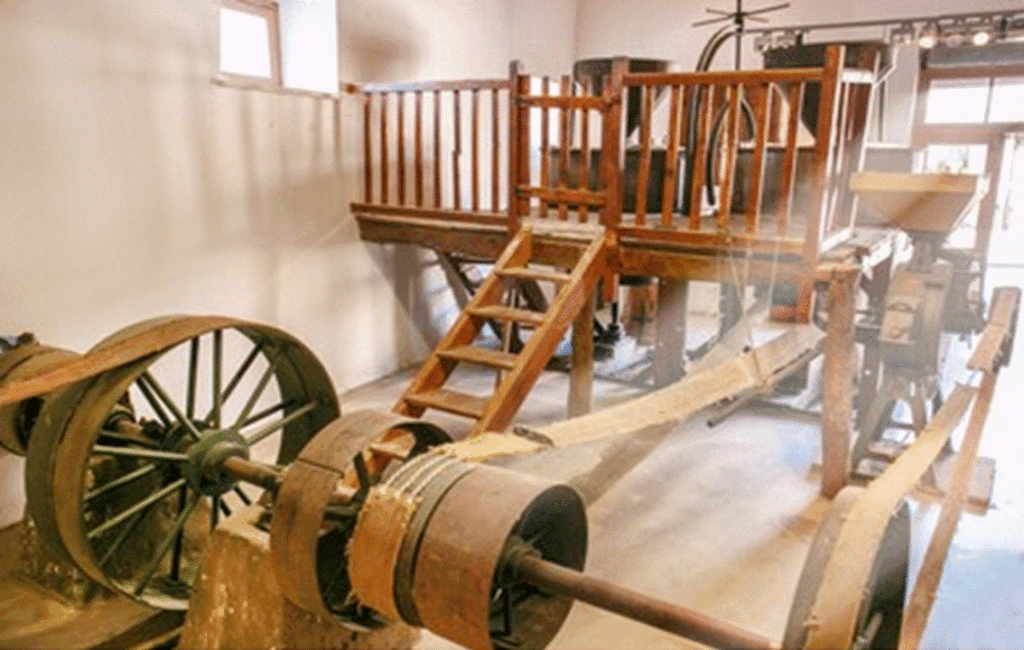
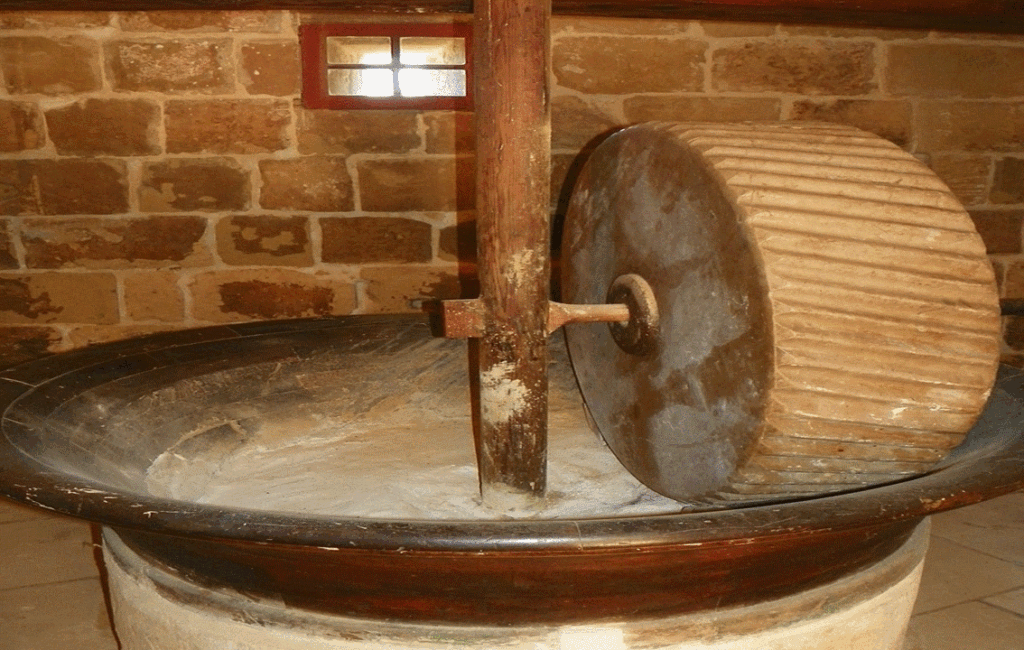
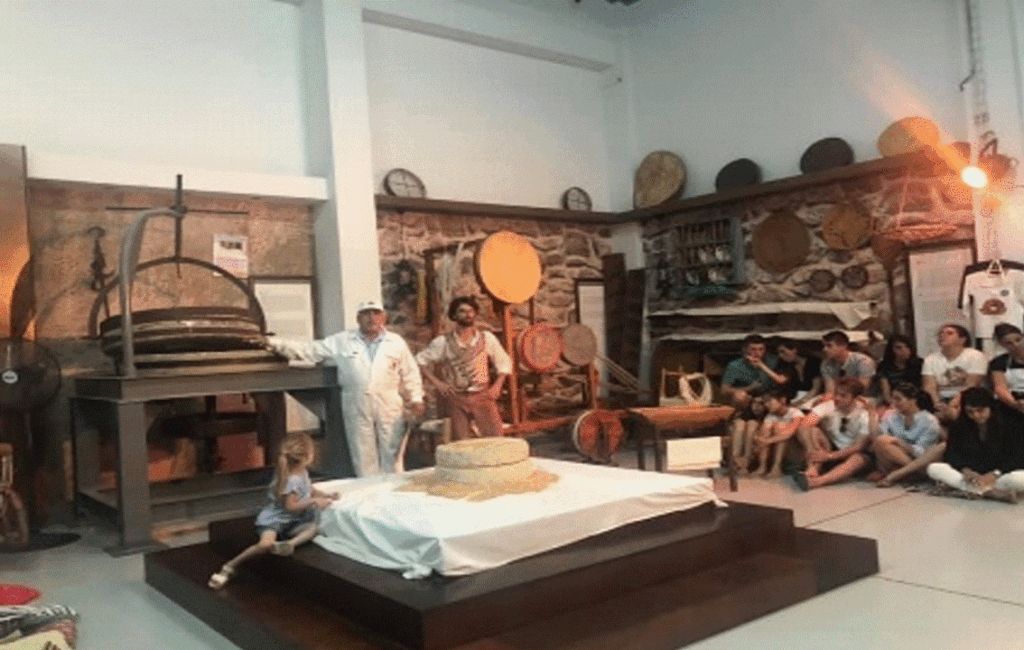
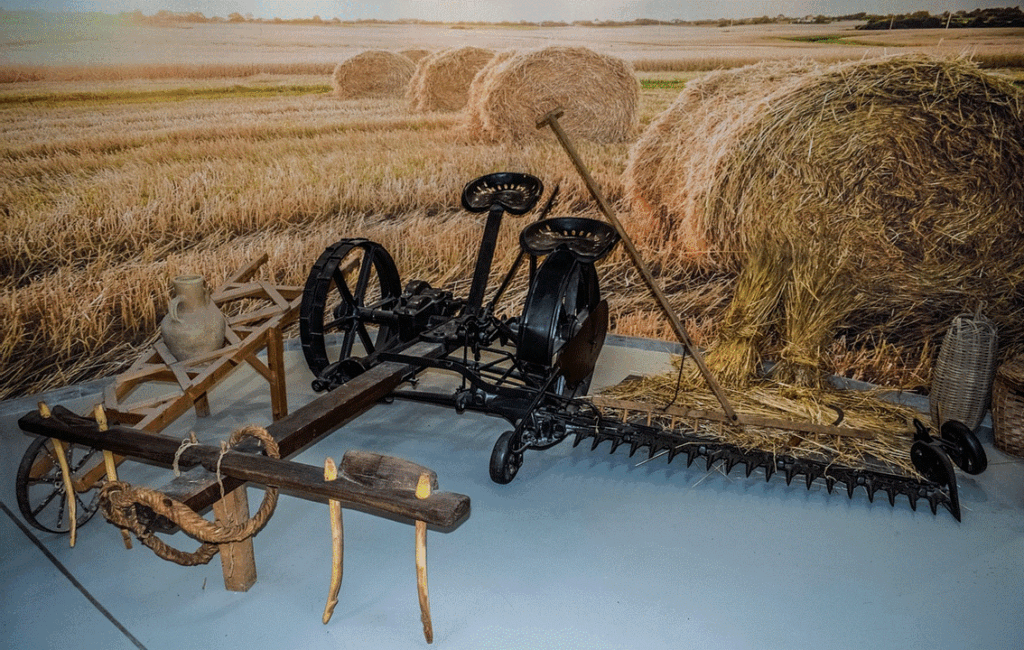
A HISTORICAL PERSPECTIVE
THE WINDMILLS FROM THE PAST
The windmills and watermills of Paralimni are a direct example of how Cyprus has changed throughout the 20th century. Indeed, the Famagusta district as a whole featured several windmills at the turn of the 20th century. Their main purpose was to use the elements to pump water from the natural wells that they were connected to. These windmills have remained as a local landmark in the area ever since. The very first ones were imported directly from the United States and Canada, and most of them dominated the landscape by the early 1920’s.
A RUDIMENTARY OPERATION
Their general operation was rudimentary, and most were controlled by simply releasing a rope. A propeller that revolved according to the speed of the wind would then generate power, which in turn would supply power to the water pumps. The revolving movement of the windmill would then force the water into a tank, which was also used as a storage depository for the water.
A RICH AGRICULTURAL HERITAGE
These remarkable machines not only served as vital economic engines for the local community at the time but were also seen as symbols of the island’s cultural and industrial evolution. The milling industry in Cyprus has existed since the Byzantine era, and it is thought that windmills were regularly employed to pump water and grind grain to create flour, respectively. As wind power developed, lofty windmills provided the farmers of the ‘red villages’ with an economic form of clean power. This later helped to develop their agrarian lifestyles further.
A VILLAGE AT THE HEART OF WIND POWER
The agricultural heritage of the village of Paralimni in particular, is intricately tied to the development and the eventual decline of its numerous ancient windmills. Its proximity to fertile lands meant that it benefited tremendously from wind power in the early part of the 20th century. This is amply demonstrated by its steady supply of staple crops, such as wheat and barley, which supported the agrarian industry and the local economy of the time.
THE FOUR GREAT FLOUR MILLS
As well as several other mills, the fields of Paralimni also once boasted four great flour mills. These mills played an essential role in the district’s agrarian society, which characterised the region at the turn of the 20th century. The first modern windmills, of metal construction, helped to establish these flour mills. Their introduction marked a turning point, as mechanisation began to take hold, allowing for greater efficiency and production capacity.
THE GONIOU MILL
One of the most significant flour mills in Paralimni was the ‘Goniou Mill’. This mill was reputed to be among the largest and most modern of its time. Built during the early 20th century, the Goniou Mill featured towering sails that rotated gracefully against the backdrop of the Paralimni countryside. The mill also became a hub for local farmers, who would often bring their grain to be ground into flour. This mill also became a place of business where local news was exchanged between farmers. Several deals and friendships were forged at this mill.
A DECLINE IN WHEAT PRODUCTION
As the 20th century advanced, the demand for localised flour began to decline. This evidently led to a decline in wheat production. The socio-political landscape of Cyprus also began to significantly impact the flour mills of Paralimni. Industrial mass production meant that the closure of these mills became inevitable. Smaller operations struggled to compete with their larger, more efficient industrial counterparts and changes in land ownership also disrupted traditional agricultural practices. This created far-reaching repercussions for the local milling industry.
A GRAND RESTORATION PROJECT
By the late 20th century, many of the operational mills in Paralimni fell into disrepair or were permanently shuttered. These once magnificent structures were left abandoned to the elements. They remained in this way for several years, and these structures became characterised by crumbling walls and rusting machinery. In 2015, however, their significance to the region was rediscovered. The remnants of the windmills began to serve as poignant reminders of an era when local produce and craftsmanship defined the community’s economy. This prompted the Paralimni Municipality to repair and restore all of the windmills that were still standing.
FROM AGRARIAN TRADITIONS TO MODERNITY
The flour mills of Paralimni, particularly the renowned Goniou Mill today, embody a significant chapter in the village’s history. They are used to mark the transition from agrarian traditions to modernity. The fact that these mills also served as social hubs is also recognised. The decline of the mills serves as a reminder of the broader shifts that have affected Cyprus over the decades. Their legacy, however, continues to inspire a sense of pride and connection among the current generation. Efforts to preserve the memory and history of these mills illustrate the importance of understanding and celebrating one’s heritage, ensuring that the stories of the past endure in the collective consciousness of the community.
SYMBOLIC OF A BYGONE ERA
Today, these structures are viewed as symbolic of a bygone era. They go on to reflect the profound changes that have reshaped the social fabric and economic landscape of Paralimni. The windmills also represent an agricultural heritage that stems from the use of wind energy for hundreds of years. These structures evoke both nostalgia as well as a sense of loss. Despite their decline in use, there remains a burgeoning interest in the preservation of the remaining heritage of these mills. Local historians and cultural enthusiasts are advocating that these structures be used as a means of honouring the area’s agricultural roots. Initiatives aimed at transforming them into museums or cultural centres have emerged, with a view to educating both residents and visitors about the area’s rich agricultural history. Such efforts also reflect a broader recognition of the importance of cultural heritage in fostering community identity and continuity.
